
views
- If your lighter's wheel isn’t spinning, use a cotton swab or toothpick to clean out any rust or dirt that's blocking it.
- If your lighter’s flame is small or completely nonexistent, refuel it with a butane can and/or loosen the nozzle that releases fuel so more comes out.
- If there's no spark, replace your lighter’s flint with a new one.
Fixing Your Lighter
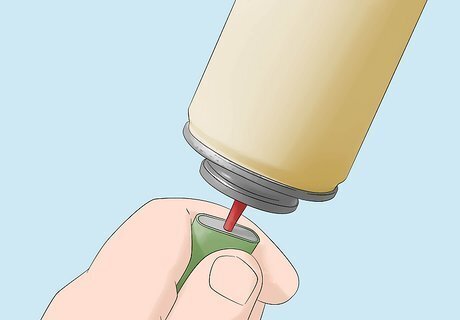
Refuel your lighter with butane. First, purchase a butane can. Make sure you bleed all of the remaining fuel out of your lighter first. Then, turn the lighter upside down with the fill valve facing upwards. Insert the nozzle of the butane can into the opening in the valve, positioning it so that the lighter is under the can. Squeeze the can for about 5 seconds. You’ll know the lighter has been filled when you feel the metal around the filling valve turn cold from the gas. To empty the lighter of any excess fuel, use a blunt object—such as the eraser tip of a pencil or a capped pen—to press down on the valve. Hold the lighter so that the opening to the valve is facing upwards, then press your blunt object into the opening and pump it a couple times to release the fuel. You’ll hear a hissing sound that lets you know the fuel is coming out. As an added step, after you’ve partially filled the lighter with butane, take a blunt object and reinsert it into the valve to release just a bit of the gas. Some of the gas will have turned to liquid as you fill the lighter, so this gets rid of that liquid. After you’ve done this, fill the lighter with a bit more butane (squeezing the can for just about 1 second). For a Zippo lighter you'll have to buy Zippo lighter fluid specifically. Zippo lighter fluid can also be used on butane lighters.
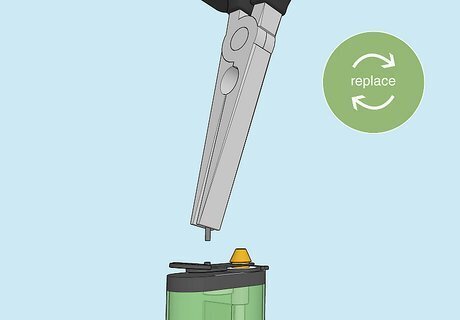
Replace your flint on a butane lighter. Remove the metal surrounding the flame and the spark wheel by twisting it out of position. Once you have removed the metal, remove the flint from the spring that’s situated inside the lighter. To assemble the lighter, place the new piece of flint into the flint tube, insert the spring back in place, then place the metal pieces back on.
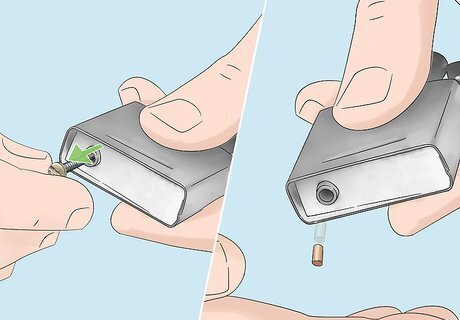
Replace your flint on a Zippo lighter. Pull the entire unit out of the case, then use a screwdriver or a coin to unscrew the screw that’s holding in the spring. Pull out the screw along with the spring and small piece of metal inside. Remove the old piece of flint by turning the entire unit over and gently tapping it against a hard surface. To reassemble, drop the new flint in and replace the spring. Then, tighten the screw and replace the metal unit back in the lighter casing. Be careful when pulling out the screw, since it’s in a tense coiled position and could spring out quickly and fly away.
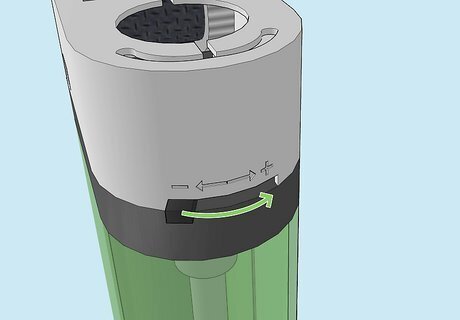
Loosen the nozzle that releases gas to get a bigger flame. A flame that dies quickly could be an indication that not enough fuel is being released. Use tweezers, needle-nose pliers, or anything else sharp to remove the metal around the hole where the flame comes out. Then, turn the nozzle that releases the gas counter-clockwise a few times to loosen it so that it releases more fuel.
Figuring Out What’s Wrong
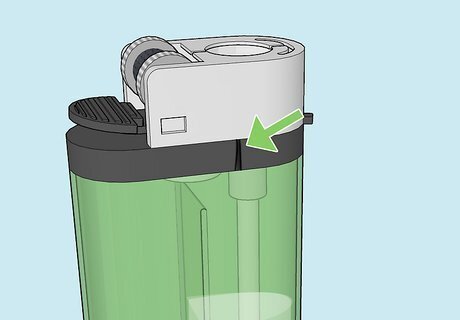
Check to see if any of the pieces are shattered or cracked. Your lighter will no longer work if the plastic piece is cracked or shattered since the pressure inside the lighter is now compromised. If this is the case, simply buying a new lighter is the best option.
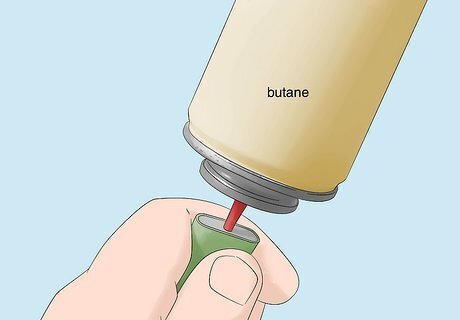
Look for rust, debris, or dirt on any of the metal parts. If you've left a lighter outside for a long period of time, the metal wheel on top might be rusted in place. If it won't spin, it won't light. To clean the wheel and get all the gunk off, use a cotton swab or toothpick. Apply a bit of rubbing alcohol as well if the dirt and grime are really stuck on there. When you’ve finished cleaning it, use a paper towel to wipe down the wheel and the rest of the lighter. Never use water to clean your lighter, since this could cause it to malfunction. Instead, use a soft, dry cloth to wipe it down and a very small amount of rubbing alcohol to get stubborn spots cleaned. Another option is to buy a new wheel and replace it entirely.
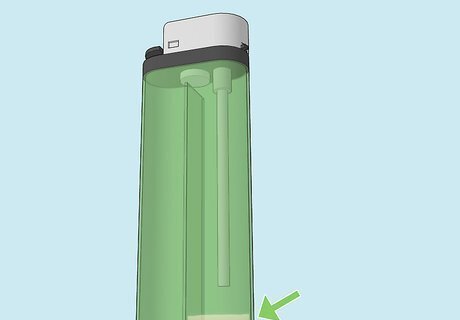
Check to see if the fuel tank is empty. The most common problem with these kinds of small, handheld lighters is their equally small fuel tank. When this no longer holds enough fuel or enough pressure, it needs to be refilled.
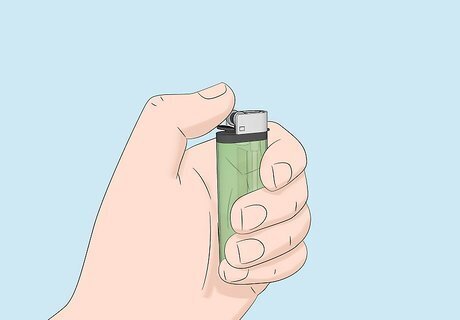
Look to see if there is a spark. If there is no spark, that means that there is no flint. The flint is a small piece of stone that the wheel scrapes against to create a spark. The spark lights the fuel and gives you a flame, so the flint is extremely important. For the average user, the flint needs to be replaced every few weeks.

Check to see if the flame is small, fizzles out quickly, or isn't present at all. If the flame burns out, then it’s possible that you’re running low on fuel. However, if you just recently bought the lighter there might be an issue with the fuel reaching the spark.













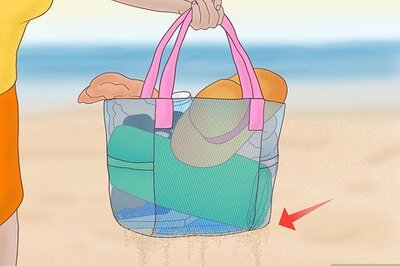
Comments
0 comment